On June 12, Tokyo Electric Power Company (TEPCO) began testing the system to discharge treated radioactive wastewater from the Fukushima No. 1 nuclear power plant into the sea.
TEPCO’s treated radioactive wastewater discharge system includes storage facilities, environmental monitoring points, and a pipeline from the contaminated wastewater storage area to the sea, approximately 1km long, 12m above sea level, and facing the eastern Pacific Ocean . TEPCO began construction of this system in 2022 and has now been basically completed.
In this trial operation plan, TEPCO will use clean water to test the operation of the pumping systems and the handling features in case of an abnormality. The trial is expected to be completed in the second half of June, including inspection activities by the Japan Atomic Energy Regulation Commission.
The Japanese government has decided to start discharging treated radioactive wastewater from the Fukushima Daiichi nuclear power plant after the International Atomic Energy Agency (IAEA) released a comprehensive assessment report on the safety verification of TEPCO's discharge plan.
In addition, in order to smoothly implement the discharge plan, the Japanese Government will also have to continue to campaign to gain support from relevant people such as local people, especially fishermen in the area believed to be affected by this plan.
On March 11, 2011, a magnitude 9.0 earthquake and tsunami devastated northeastern Japan, causing a series of incidents at the Tokyo Electric Power Company (TEPCO) Fukushima No. 1 Nuclear Power Plant in Fukushima Prefecture.
Since then, the Japanese Government and TEPCO have made many efforts and achieved a lot of progress in overcoming the consequences of this nuclear accident.
Immediately after the double disaster, the power supply to the Fukushima No. 1 Nuclear Power Plant was cut off, while many backup generators were also severely damaged.
This caused the cooling system of nuclear fuel rods in several reactors to fail, leading to core meltdowns in reactors 1, 2 and 3 and several hydrogen explosions in reactors 1, 3 and 4. These successive incidents led to the leakage and release of radioactive substances to the outside.
As a result, the Japanese government had to establish a no-go zone within a 20km radius around the plant and evacuate all residents in the area, while recommending that people in areas 20-30km away from the plant evacuate.
After successfully shutting down the damaged reactors, in December 2011, the Japanese Government and TEPCO announced a roadmap to resolve the Fukushima nuclear accident with the goal of completing the dismantling of the four reactors within 30-40 years.
* Ahead of the planned release of radioactive wastewater from Japan’s Fukushima nuclear power plant, some South Koreans have been buying up large quantities of salt and seafood to stock up on for their families. Meanwhile, retailers are also stockpiling for fear of supply shortages.
South Korean fisheries authorities have vowed to step up efforts to monitor natural salt farms for any increase in radioactive substances and maintain a ban on seafood from waters near Fukushima, Reuters reported.
However, these efforts have not stopped some buyers from stocking up on more than they need amid concerns about potential health risks from Japan's planned Fukushima nuclear power plant discharge.
Although Seoul and Tokyo have taken steps in recent months to mend ties damaged by historical disputes, Japan's plan to release more than a million tons of contaminated water from the Fukushima power plant remains controversial for South Korea.
T.LE (compiled from VNA/Vietnam+)
Source link


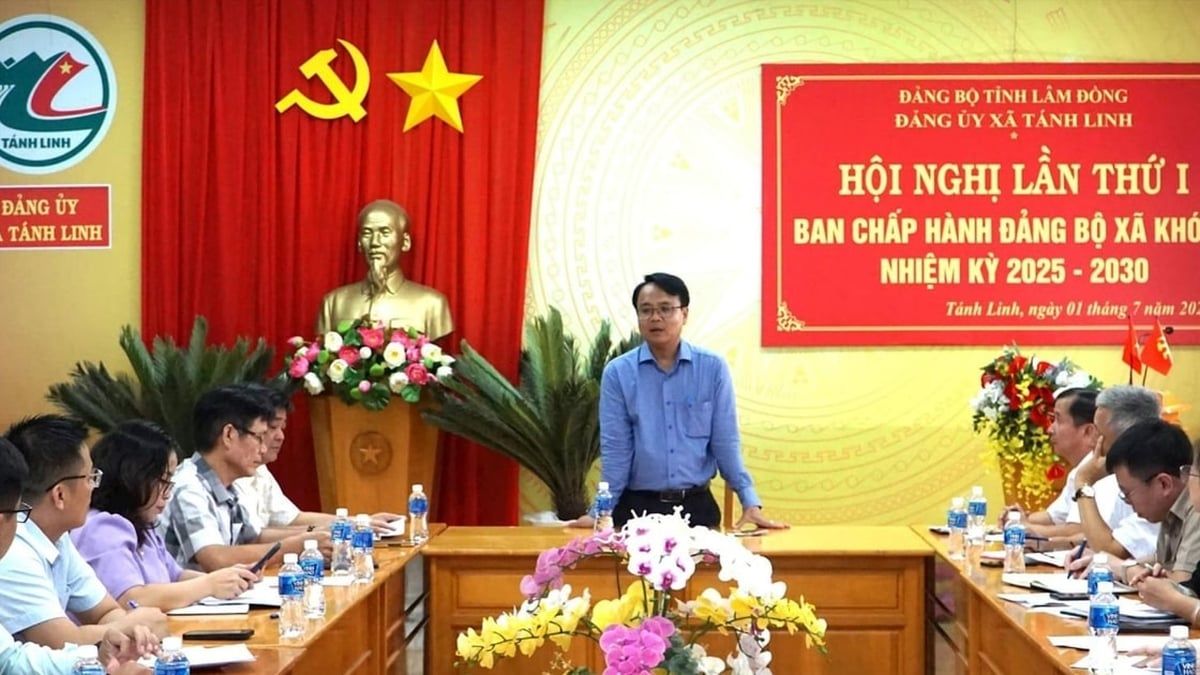

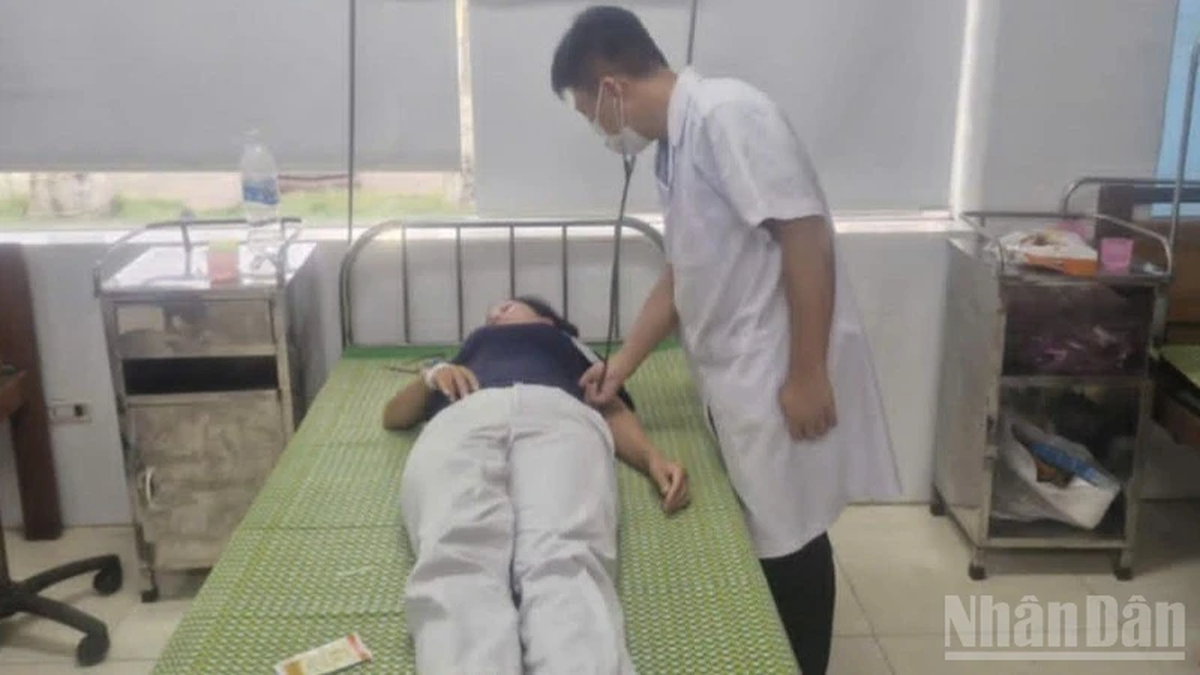
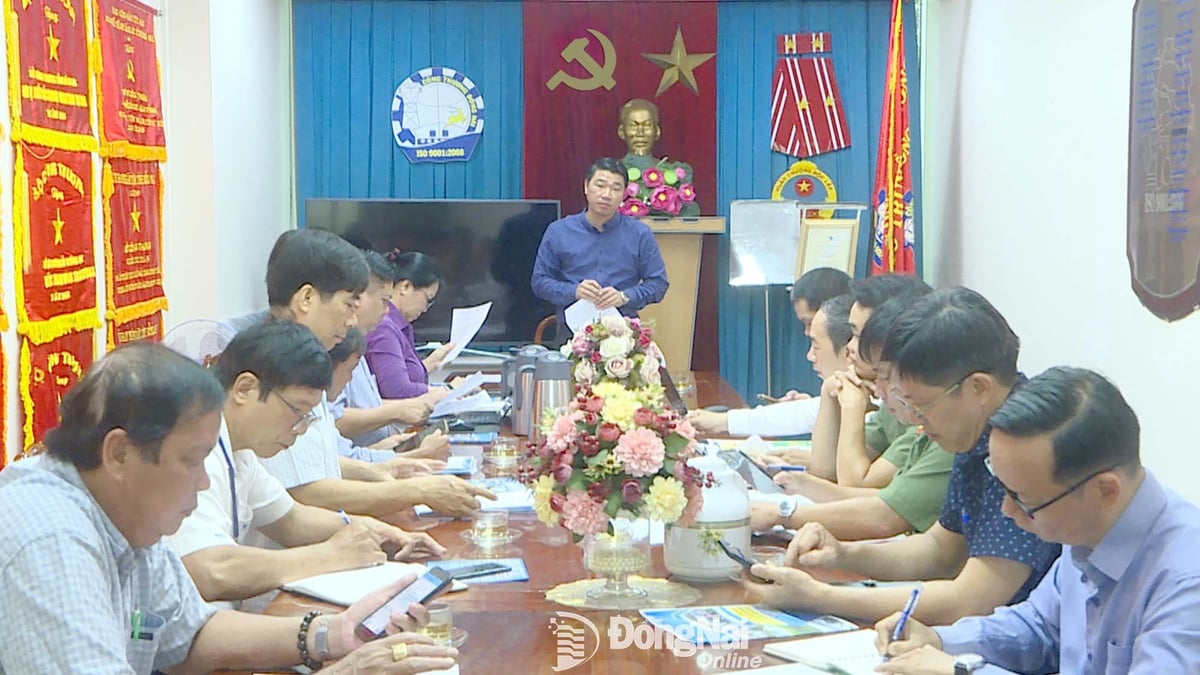
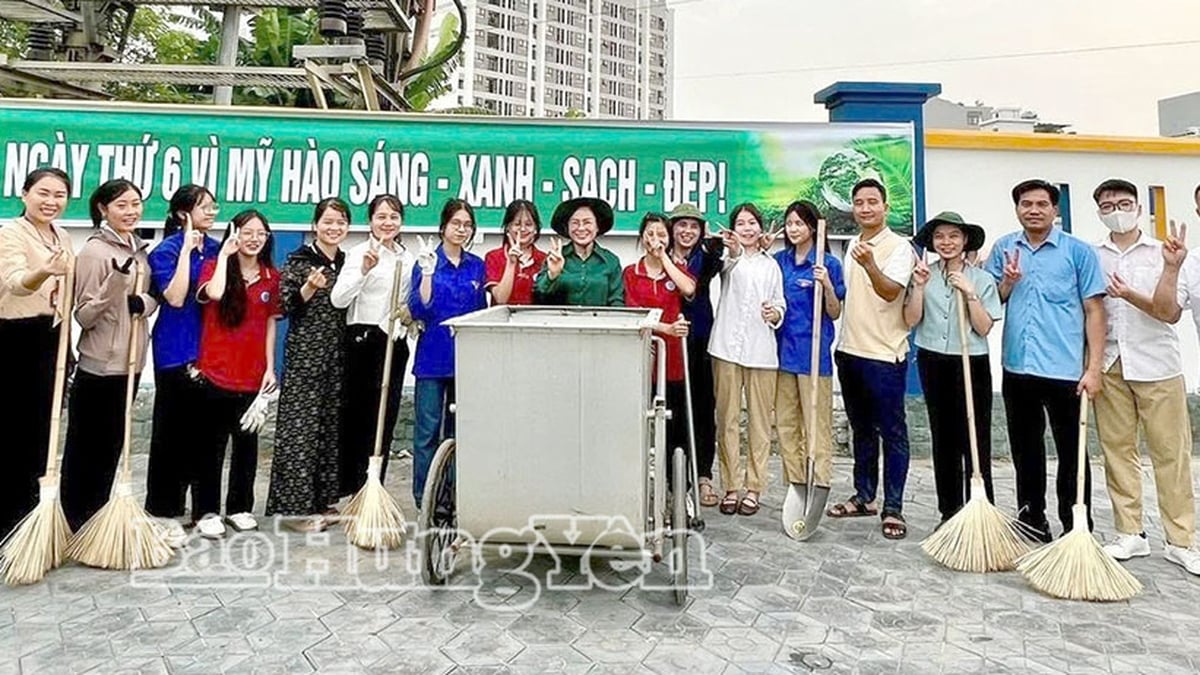
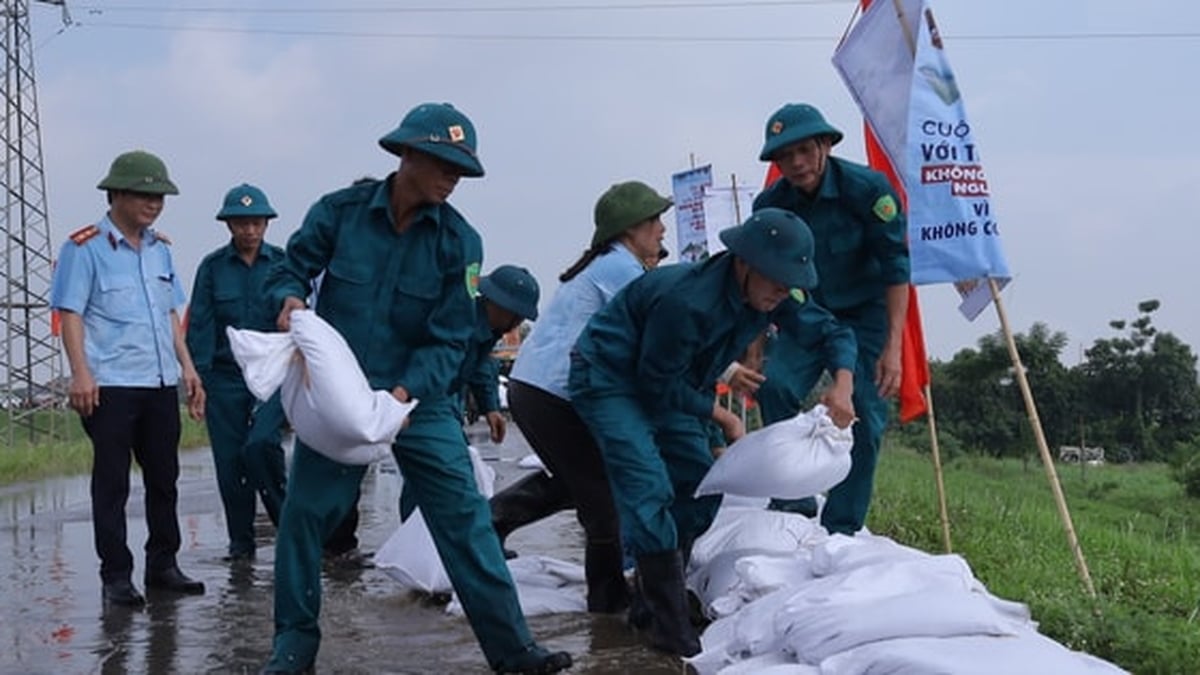

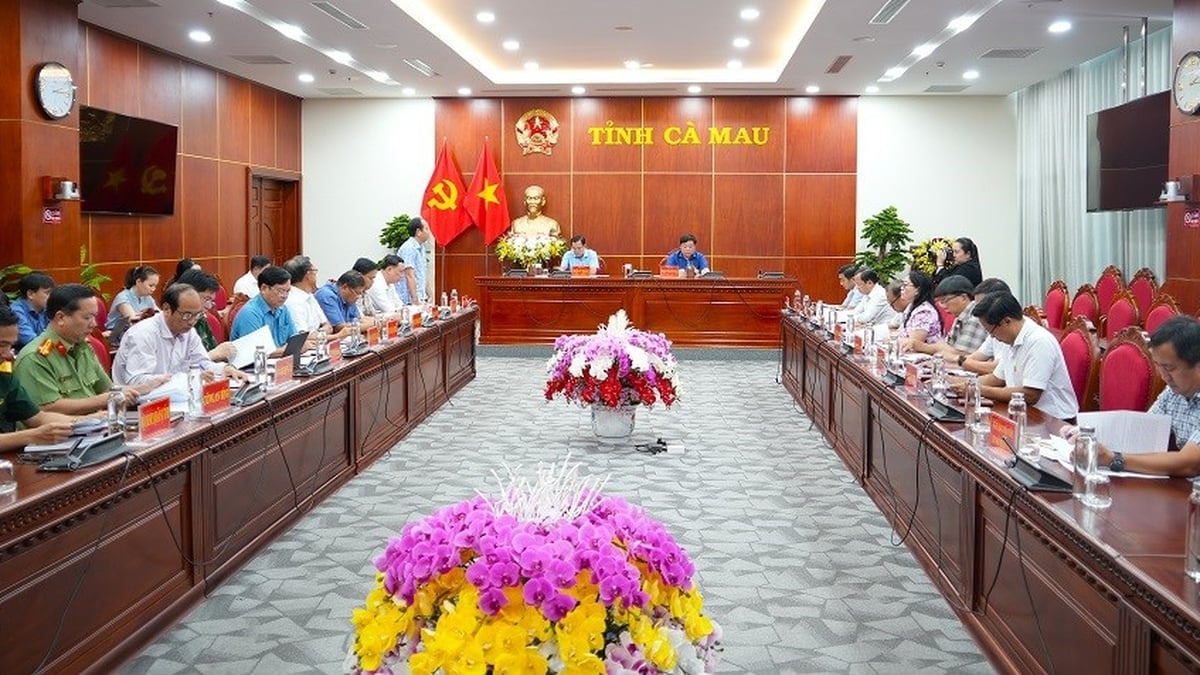













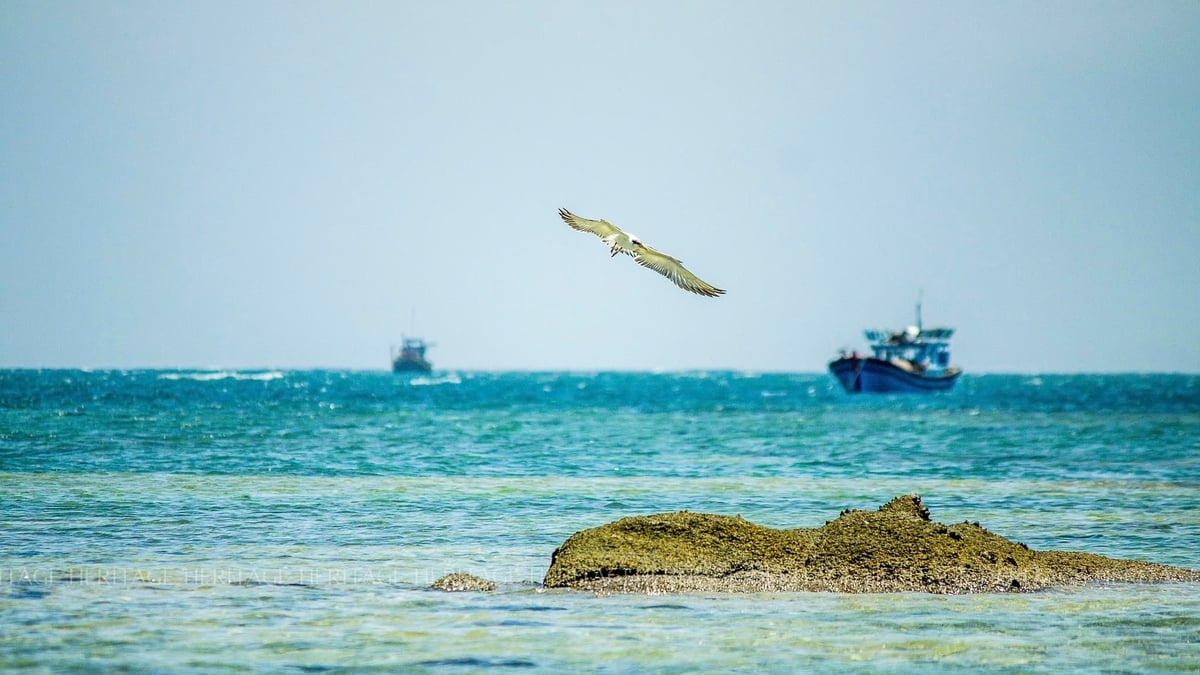







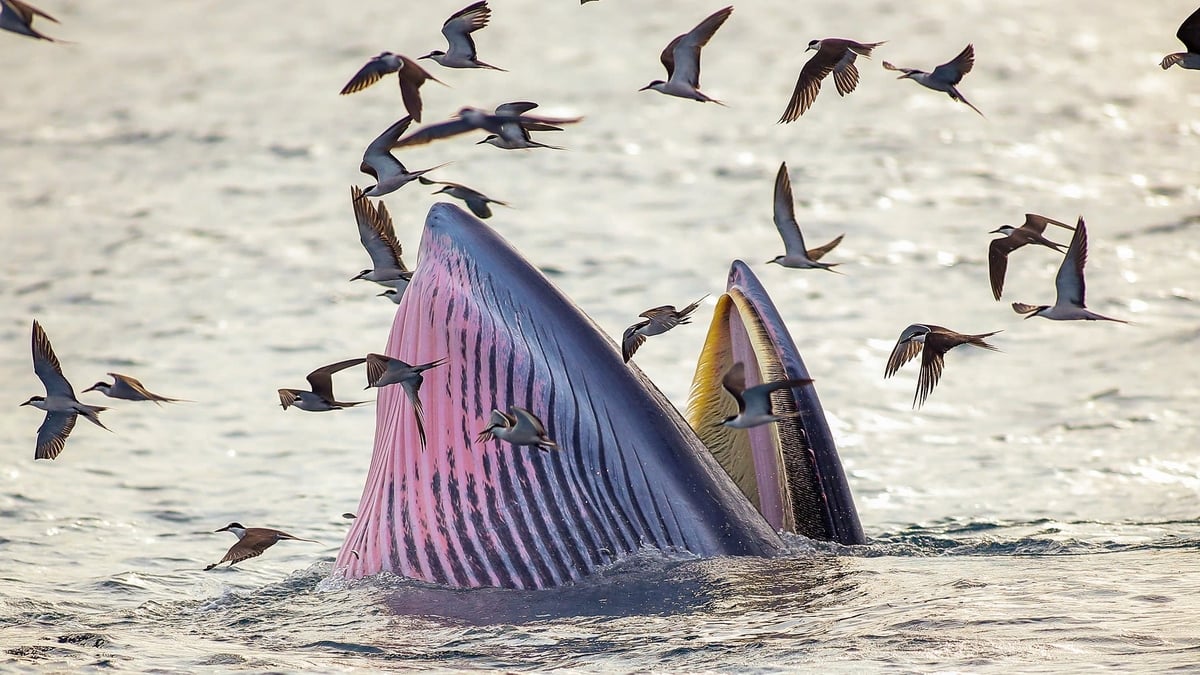
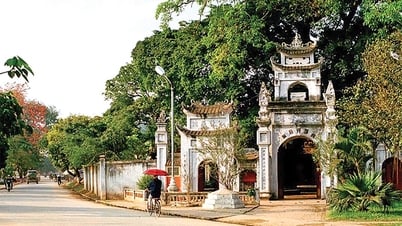



















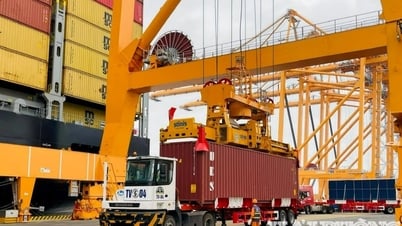

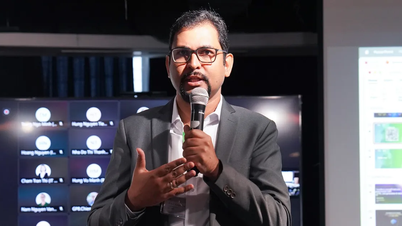



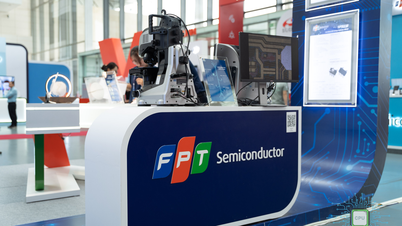


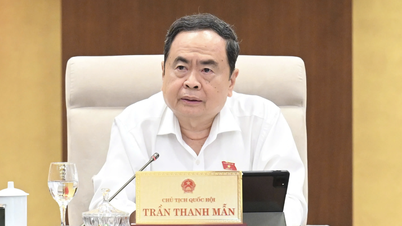


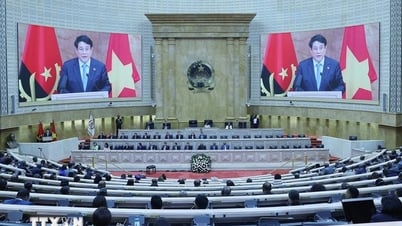



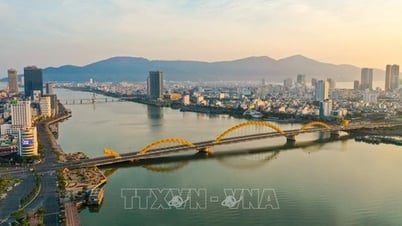
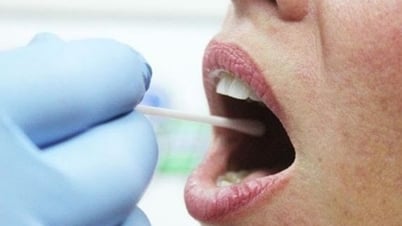

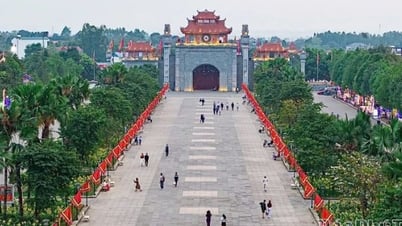





















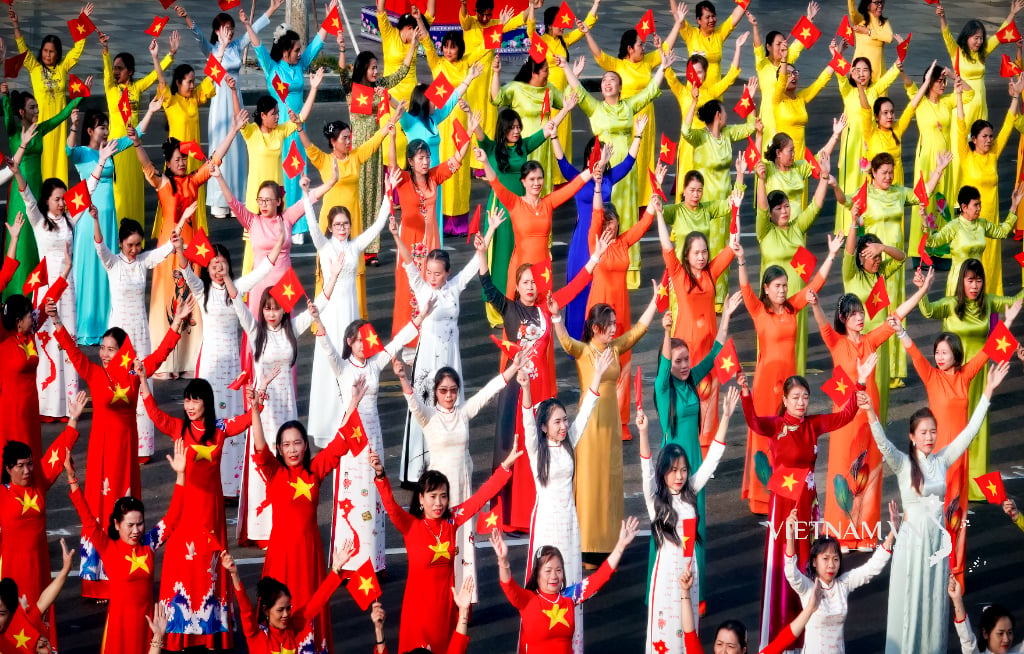

Comment (0)